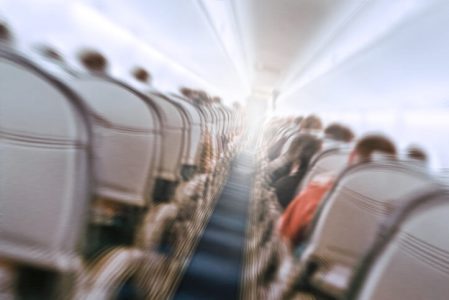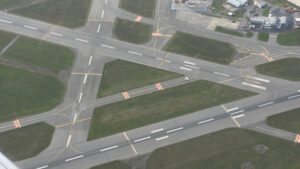Pilot training so important the FAA offers free courses
In 2019 the FAA made upset and full stall recovery simulator training became a requirement for US air carrier pilots. Based on experience, I am a firm believer in the value of Upset Prevention and Recovery Training (UPRT) for every pilot, professional or amateur, young or old.
I remember it like it was yesterday: I was flying a patient from upstate New York to a trauma center in Burlington, Vermont. The patient was unconscious (thank goodness) and it was 2 in the morning, so we were the only plane flying in the area. There was no moon as I was being vectored for the approach in complete darkness. All of a sudden, all hell broke loose: we hit a pocket of unforecast severe turbulence that literally ripped the yoke out of my hands. I have no idea how long it lasted, but it felt like an eternity.
Fortunately, I had the benefit of upset training back in my airline days so I got the aircraft back under control, took a deep breath and checked on the med crew and the (amazingly) still unconscious passenger. Everything that wasn’t tied down was scattered around the cabin and we were all bruised from hitting either the ceiling, sidewalls, or a piece of equipment, but we were lucky that the aircraft held together.
The definition of an upset is the unintentional exceedance of one or more of the following parameters:
- Pitch angle greater than 25 degrees nose up or 10 degrees nose down
- Bank angle greater than 45 degrees
- Flight at an inappropriate airspeed
I promise you, I had all 3 of those parameters going on that night and it was UGLY. Upsets can be startling and can easily lead to a total loss of control if the pilot does not have adequate upset prevention and recovery skills. Skills that can only be learned through experience, either in an actual aircraft or in an approved simulator.
The FAA is one of many training providers that offer simulator-based upset training. Unlike other providers, the FAA offers this training at no cost to the pilot. Upset training began soon after the Colgan loss of control flight back in 2009. The accident prompted a congressional mandate that demanded the FAA develop regulations that required all commercial transport pilots to receive stall and upset training.
Last year, in March of 2019, upset and full stall recovery simulator training became a requirement for US air carrier pilots. The training includes slow flight, loss of reliable airspeed (think Air France), upset recovery maneuvers, recovery from a bounced landing (think every pilot), and recovery from a full stall and stick pusher activation.
Loss of control – inflight (LOC-I) is the leading cause of fatal accidents in aviation, so the FAA is taking this very seriously. External disturbances like wake turbulence or severe weather contribute to the majority of LOC incidents while stall is the leading cause of LOC accidents. The FAA course includes 4 hours of academics and 2 hours in the simulator. It is open to air carriers, training centers, manufacturers and business aircraft operators.
The FAA upset training course helps experienced pilots learn (or re-learn) stall recognition and effectively reinforces that reducing the AOA is the single most important pilot action to take in the event of an upset, even more important than adding a handful of throttle. If you are interested in attending this free pilot training event, contact either Jeffery Schroeder at jeffery.schroeder@faa.gov or John Farmer at john.farmer@faa.gov for reservations.
RELATED CTS TRAINING










